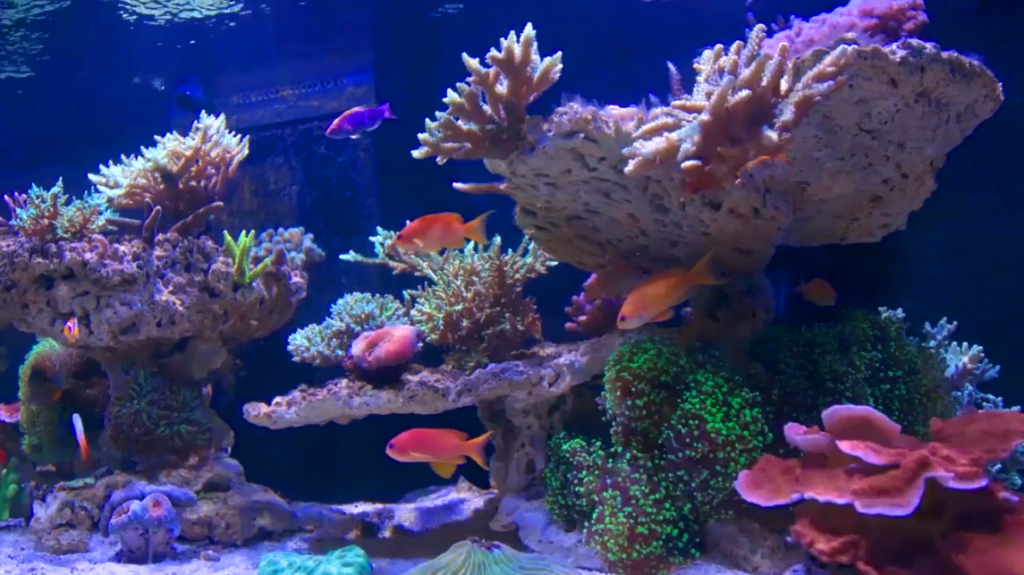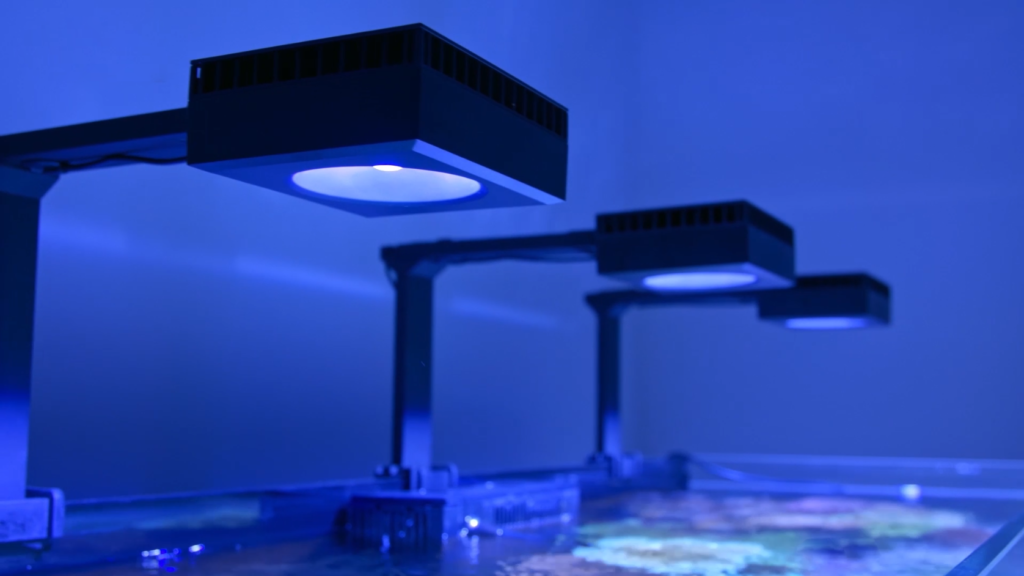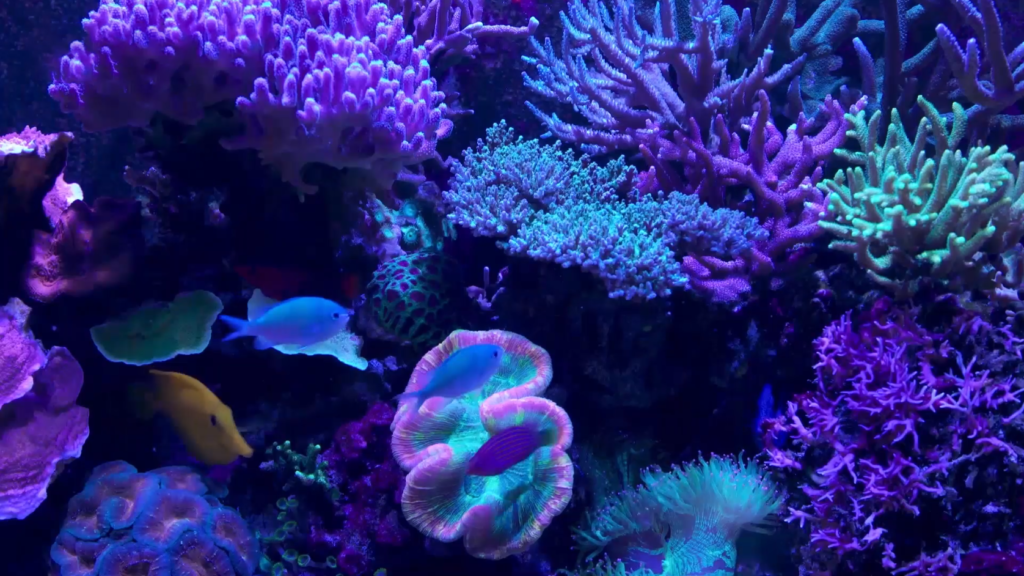
Sharon Ram
Red Sea's Chief scientist
- January 26, 2020
- 2 minutes read
Busting light measurement myths
Lighting #3 | Red Sea Insights
In this blog, I’ll bust some myths about PAR readings and cast a light on a very important range of the light spectrum, that’s still “in the dark”!
In lighting blog #2, I explained about Reef-Safe and REEF-SPEC lighting.
Today, I’m going to shed some light on PAR measurements. We all use PAR meters to measure light in our reef aquariums. But, is it possible that it’s obscuring part of our view?
The PAR measurement was developed for the terrestrial photobiology research of plants and crops. It represents the intensity of Photosynthetic Active Radiation within the visible light spectrum spanning between 400 to 700 nm (nanometers).
But the spectrum that is relevant for the corals starts below the range of the visible light in the UV region and continues into the blue part of the visible light range.
This section of the spectrum is between 360 to 480 nanometers and is the Photosynthetic Utilized Radiation or PUR that is actually used by the corals.
So, you can already see that using PAR measurements to determine the suitability of light for corals doesn’t tell us the whole story. On the one hand, the PAR measurement is missing an important part at the bottom end of the spectrum (360-400 nm). These wavelengths, in the UV range, below 400 nanometers, enhance coral growth and color expression and stimulate the auto-recovery process of photosynthesis.
And on the other hand, at the top end of the spectrum, any wavelength above 480 nanometers, meaning a significant part of the PAR measurement, that includes the green, yellow, and red wavelengths, cannot be utilized by corals.
In excessive amounts, these wavelengths may turn into heat energy inside the soft tissue of corals, which causes stress and photoinhibition. I’ll explain more about that in our next blog.
You’re right if you think that the zooxanthellae can use the red end of the light spectrum, but they’re fine without it. And since these algae sit inside the coral’s soft tissue, the red light may damage the coral before it can be utilized by the zooxanthellae. Bottom line,our research shows we’re better off without it.
To sum it up, PAR tells us about the intensity of the full visible light spectrum, but it doesn’t tell us anything about the suitability of the light source for a reef aquarium.
PUR, on the other hand, tells us exactly what we need to know.
Unfortunately, there are no coral PUR meters. To precisely measure PUR underwater, you need to use a special device like the Ocean Optics Radio Spectrophotometer we use during our research. It provides us the specific spectral irradiance for each individual wavelength which allows us to calculate the percentage of PUR from the regular PAR reading.
Based on our research, we recommend checking out the percentage of PUR from the PAR reading when evaluating or comparing lights for a reef aquarium.
In my next blog, I’ll dive deep into light versus dark period and the relationship between spectrum, intensity, and photoperiod >>
Check out our ReefLEDs, the Reef-Safe lighting that deliver the precise light spectrum, intensity, and photoperiod that provide the optimal conditions for corals to flourish.


